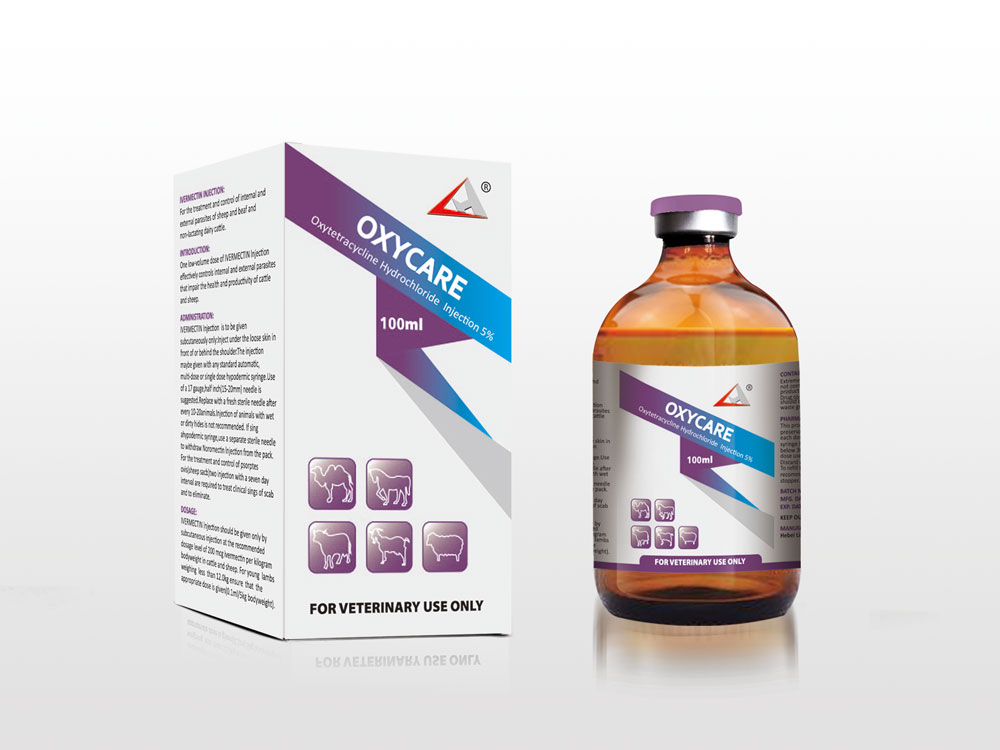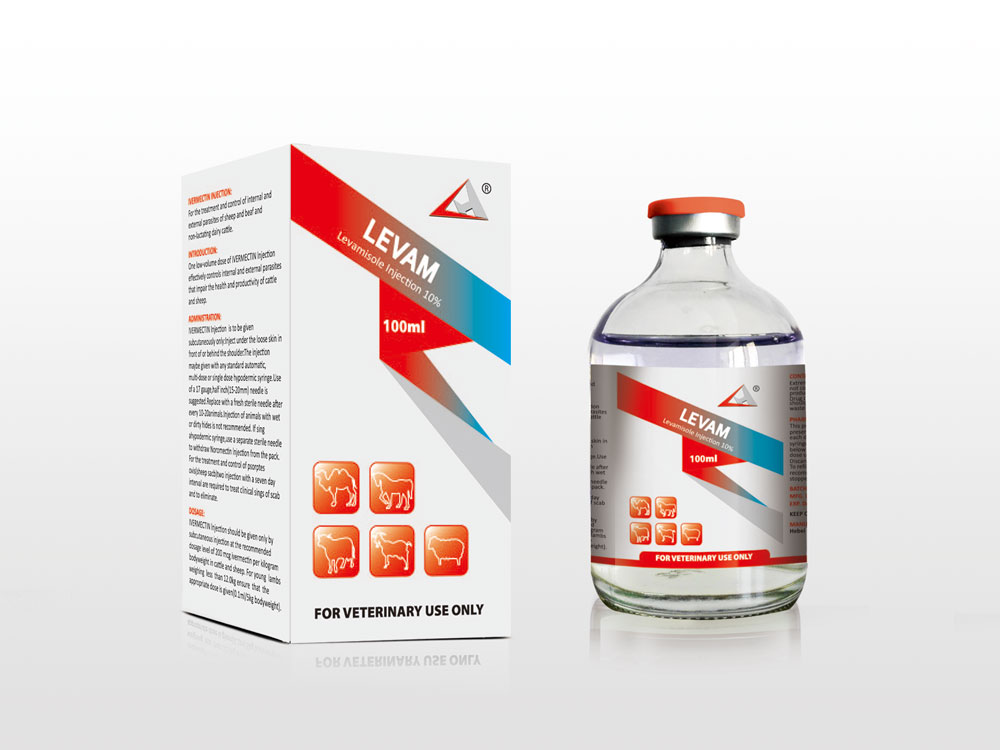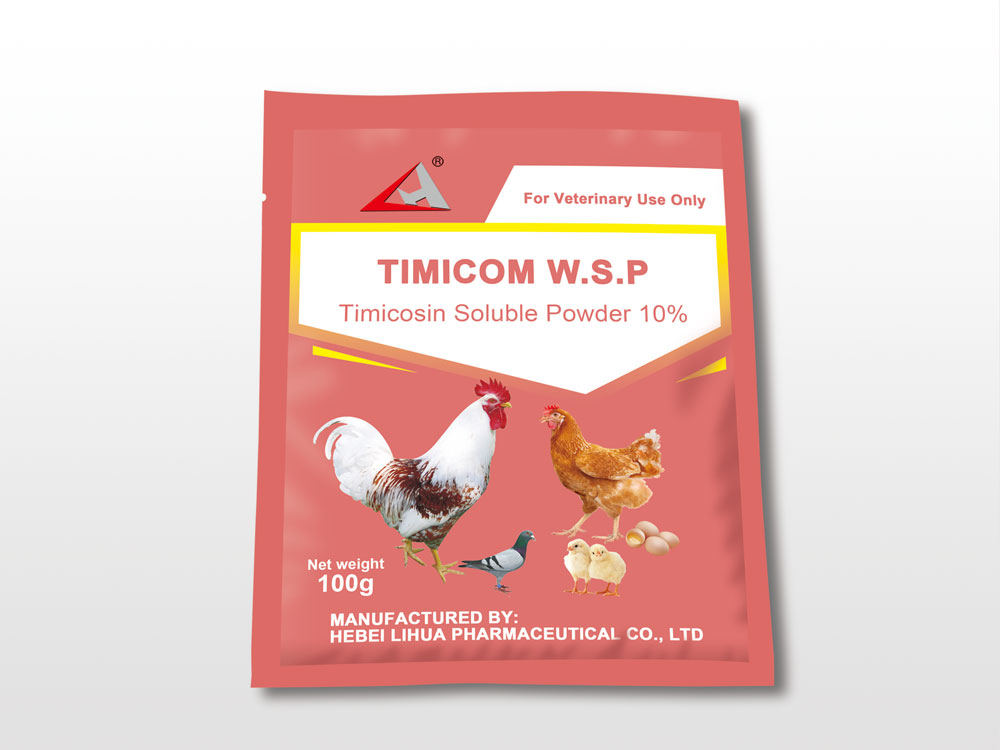Top Suppliers Ivermectin Injection For Goat Lice - Oxytetracycline Injection 5% – Lihua
Top Suppliers Ivermectin Injection For Goat Lice - Oxytetracycline Injection 5% – Lihua Detail:
Oxytetracycline belongs to the group of tetracyclines and acts bacteriostatic against many Gram-positive and Gram-negative bacteria like Bordetella, Campylobacter, Chlamydia, E. coli, Haemophilus, Mycoplasma, Pasteurella, Rickettsia, Salmonella, Staphylococcus and Streptococcus spp. The action of oxytetracycline is based on inhibition of bacterial protein synthesis. Oxytetracycline is mainly excreted in urine, for a small part in bile and in lactating animals in milk.
Indications
Arthritis, gastrointestinal and respiratory infections caused by oxytetracycline sensitive micro-organisms, like Bordetella, Campylobacter, Chlamydia, E. coli, Haemophilus, Mycoplasma, Pasteurella, Rickettsia, Salmonella, Staphylococcus and Streptococcus spp. in calves, goats, sheep and swine.
Contraindications
Hypersensitivity to tetracyclines.
Administration to animals with a seriously impaired renal and/or liver function.
Concurrent administration of penicillines, cephalosporines, quinolones and cycloserine.
Side Effects
After intramuscular administration local reactions can occur, which disappear in a few days.
Discoloration of teeth in young animals.
Hypersensitivity reactions.
Administration and Dosage
For intramuscular or subcutaneous administration:
Full-grown animals : 1 ml per 5 – 10 kg body weight, for 3 – 5 days.
Young animals : 2 ml per 5 – 10 kg body weight, for 3 – 5 days.
Do not administer more than 10 ml in swine and more than 5 ml in calves, goats and sheep per injection site.
Withdrawal Times
- For meat : 12 days.
- For milk : 5 days.
Storage
Store below 25ºC, in a cool and dry place, and protect from light.
For Veterinary UseOnly , Keep out of reach of children
Product detail pictures:
Related Product Guide:
Our improvement depends on the superior equipment, excellent talents and continuously strengthened technology forces for Top Suppliers Ivermectin Injection For Goat Lice - Oxytetracycline Injection 5% – Lihua , The product will supply to all over the world, such as: Korea, Chile, Adelaide, As a way to make use of the resource on the expanding information and facts in international trade, we welcome prospects from everywhere on the web and offline. In spite in the top quality products we offer, effective and satisfying consultation service is supplied by our specialist after-sale service group. Solution lists and detailed parameters and any other info weil be sent to you timely for the inquiries. So please get in touch with us by sending us emails or contact us if you have any concerns about our firm. ou can also get our address info from our web site and come to our enterprise. or a field survey of our solutions. We're confident that we are going to share mutual results and build solid co-operation relations with our companions in this market. We're looking forward to your inquiries.
It can be said that this is a best producer we encountered in China in this industry, we feel lucky to work with so excellent manufacturer.
You may also be interested








